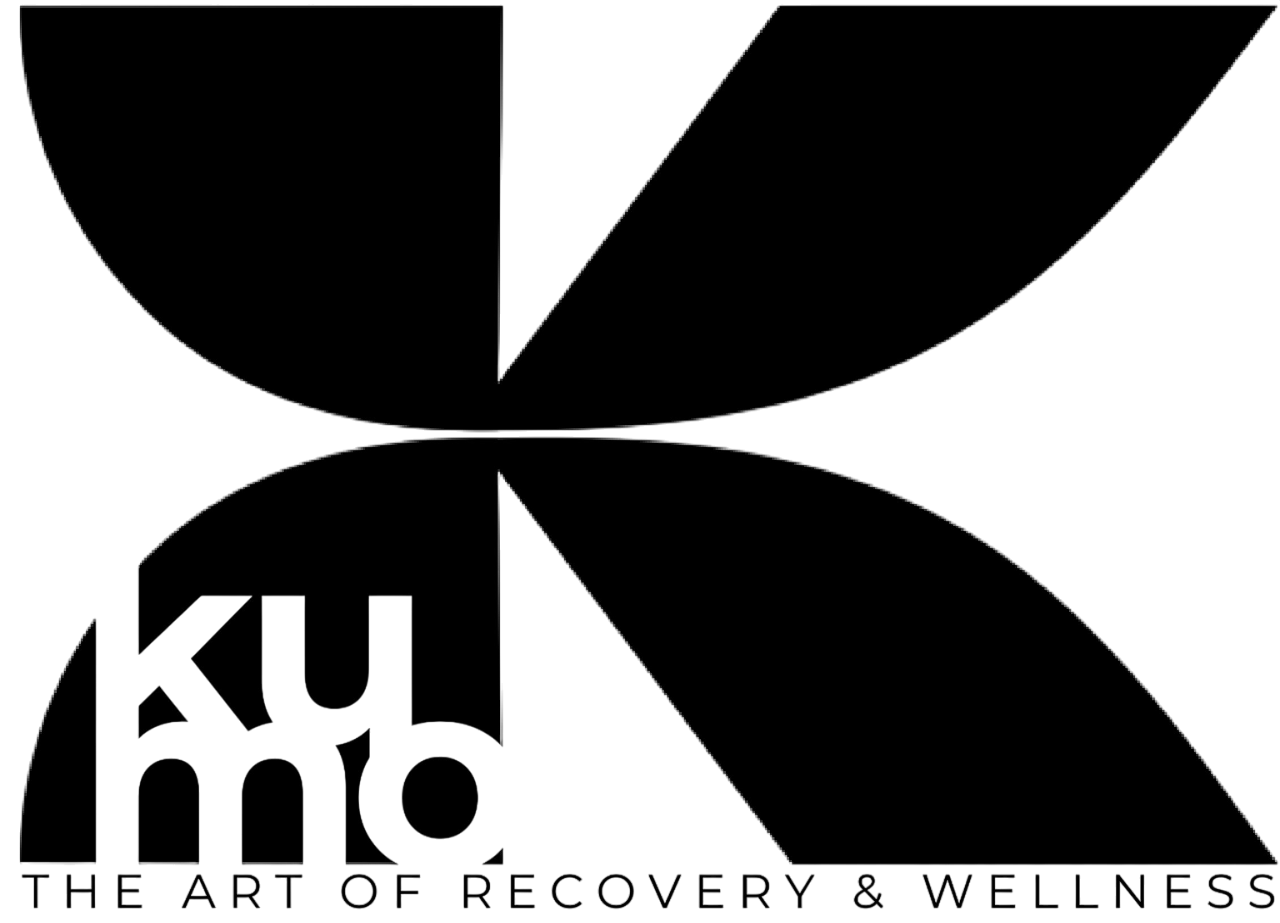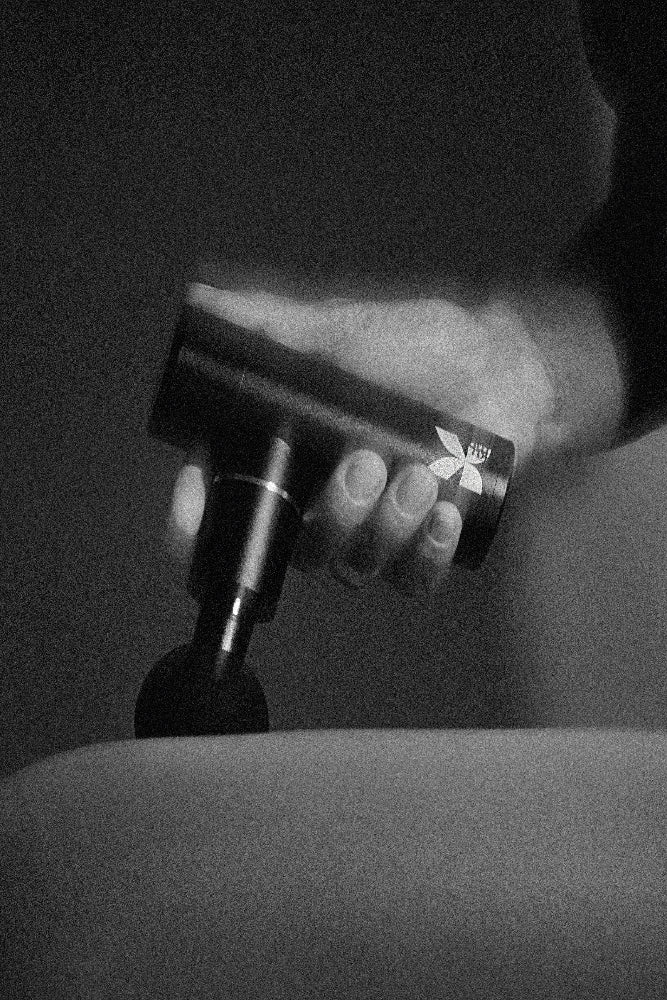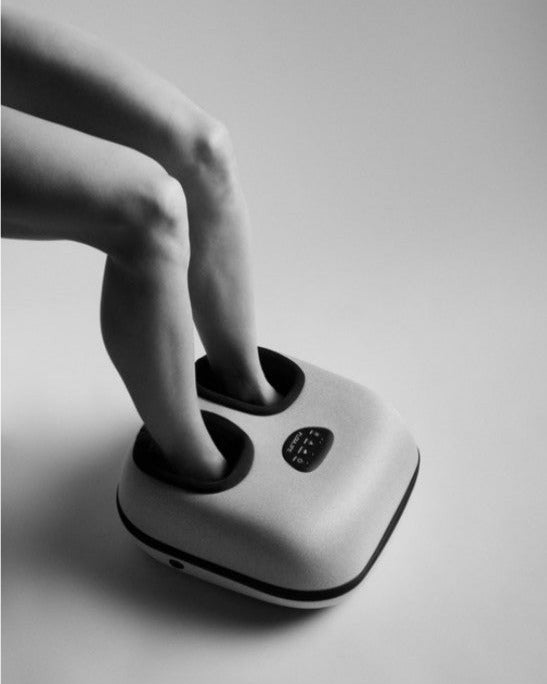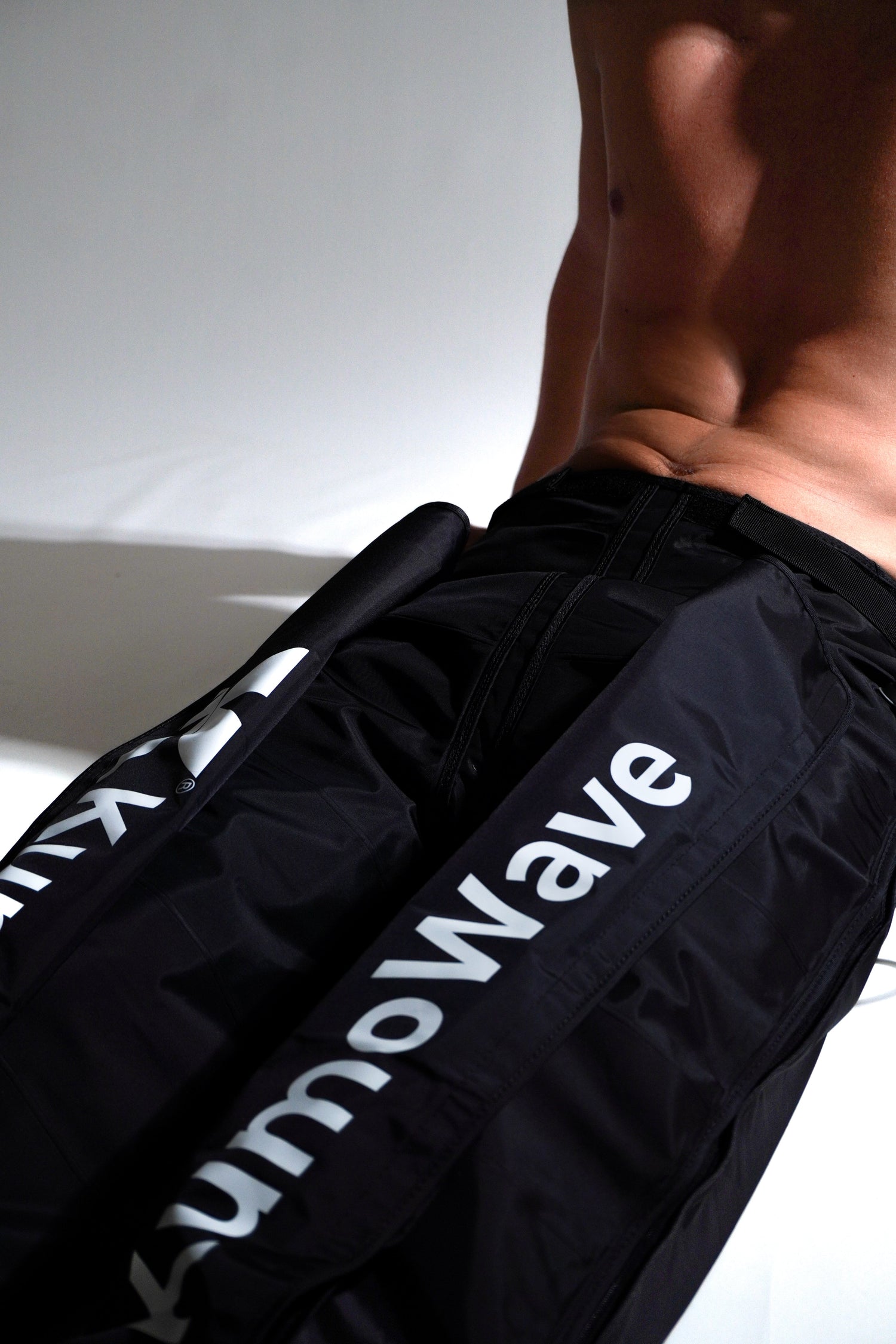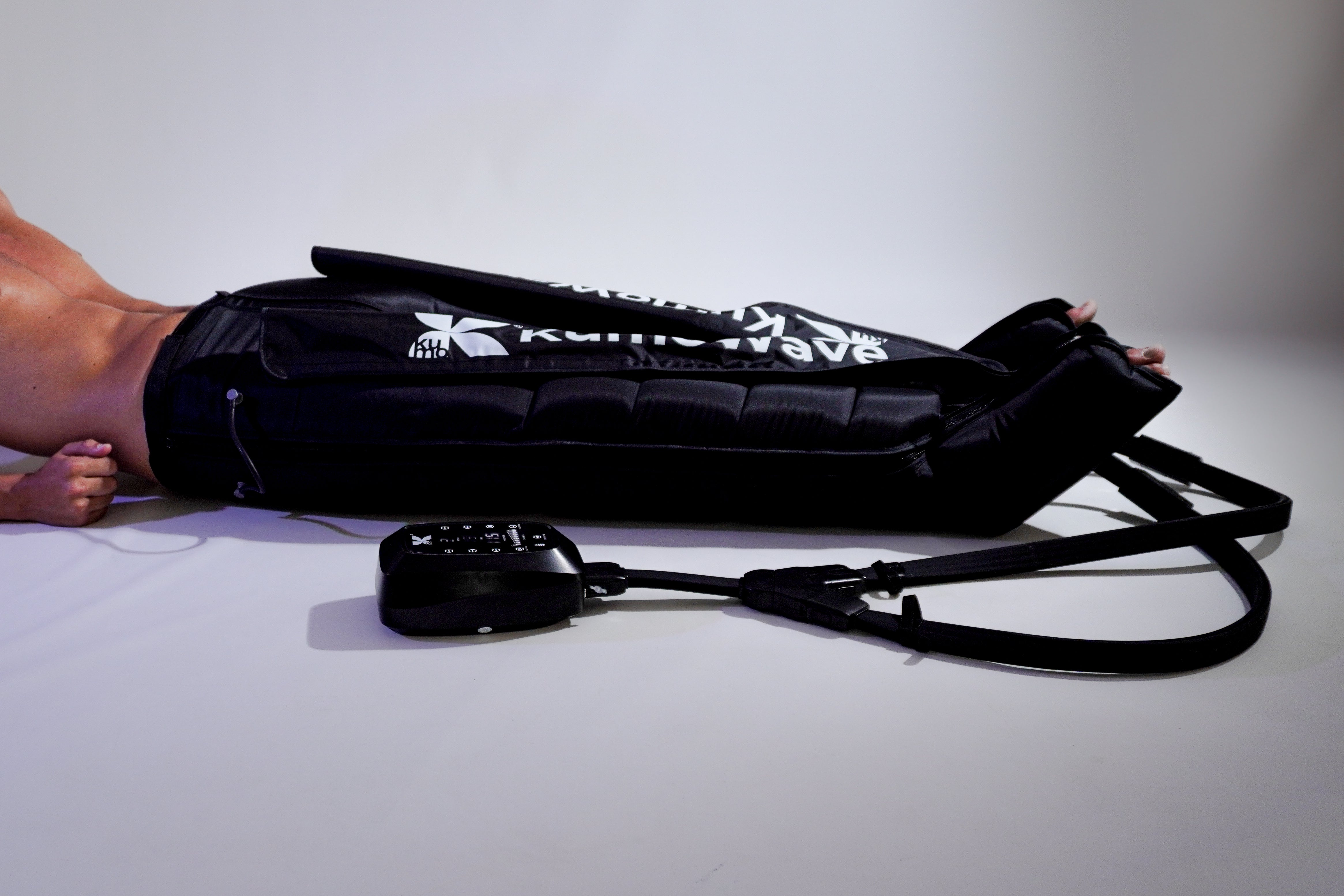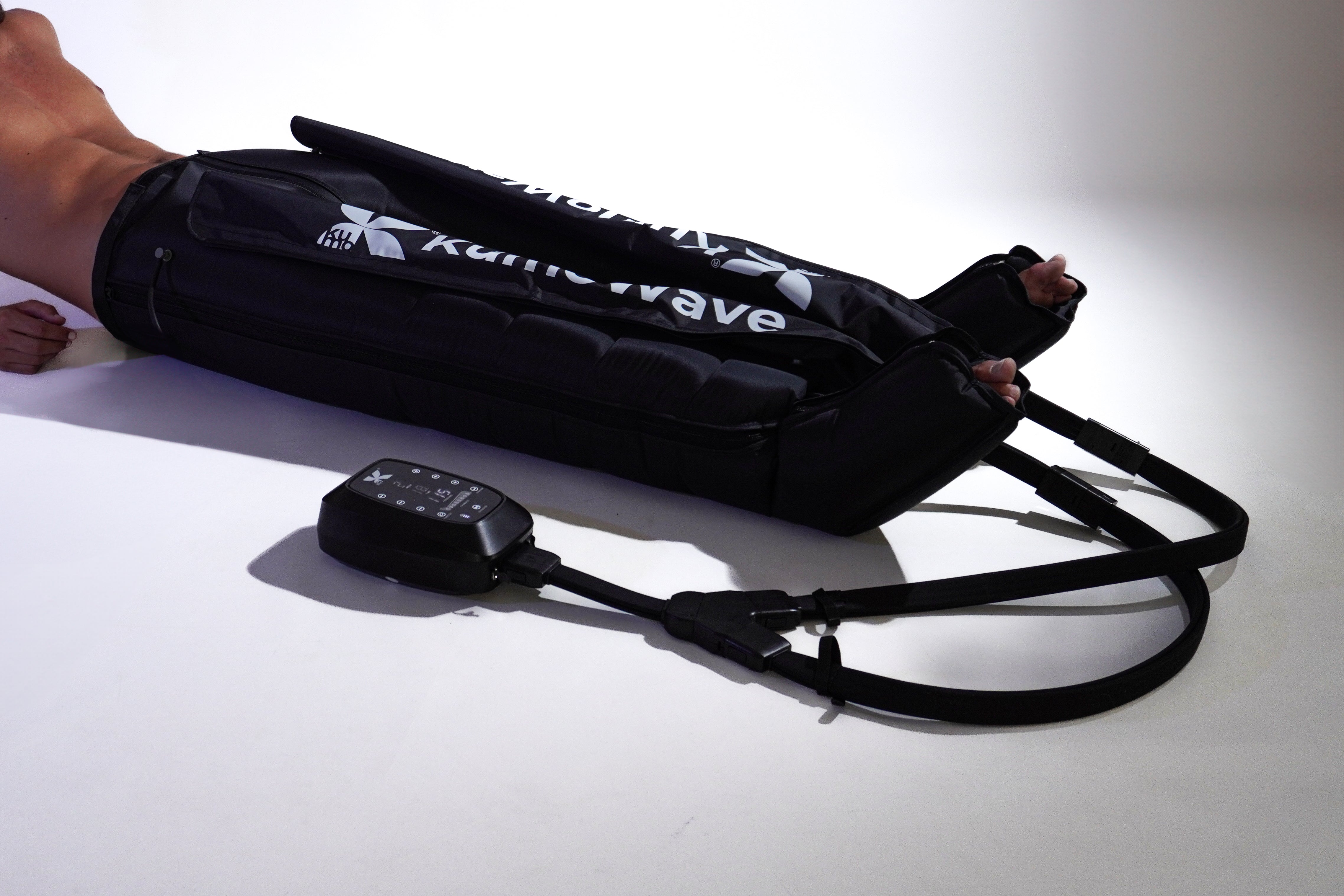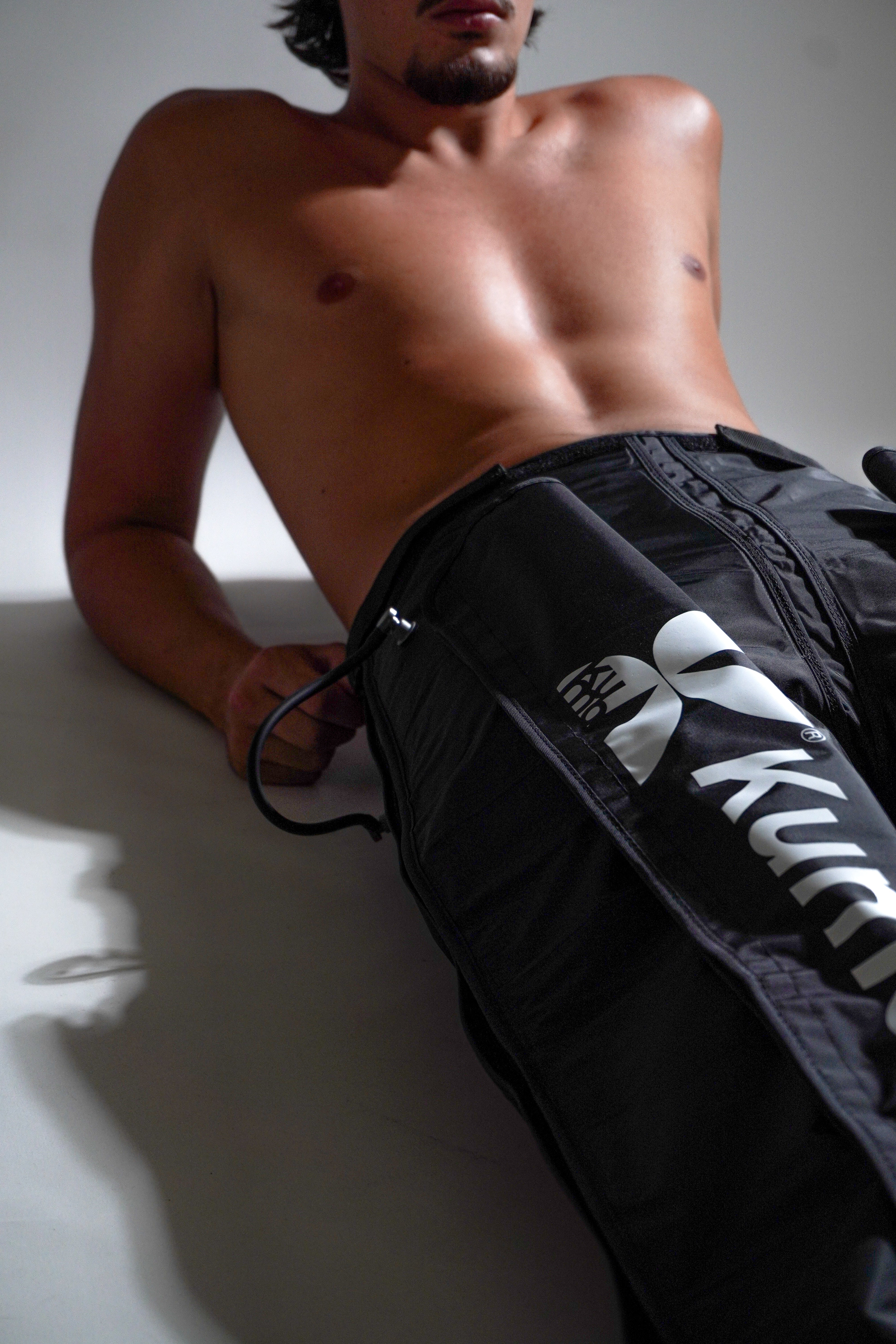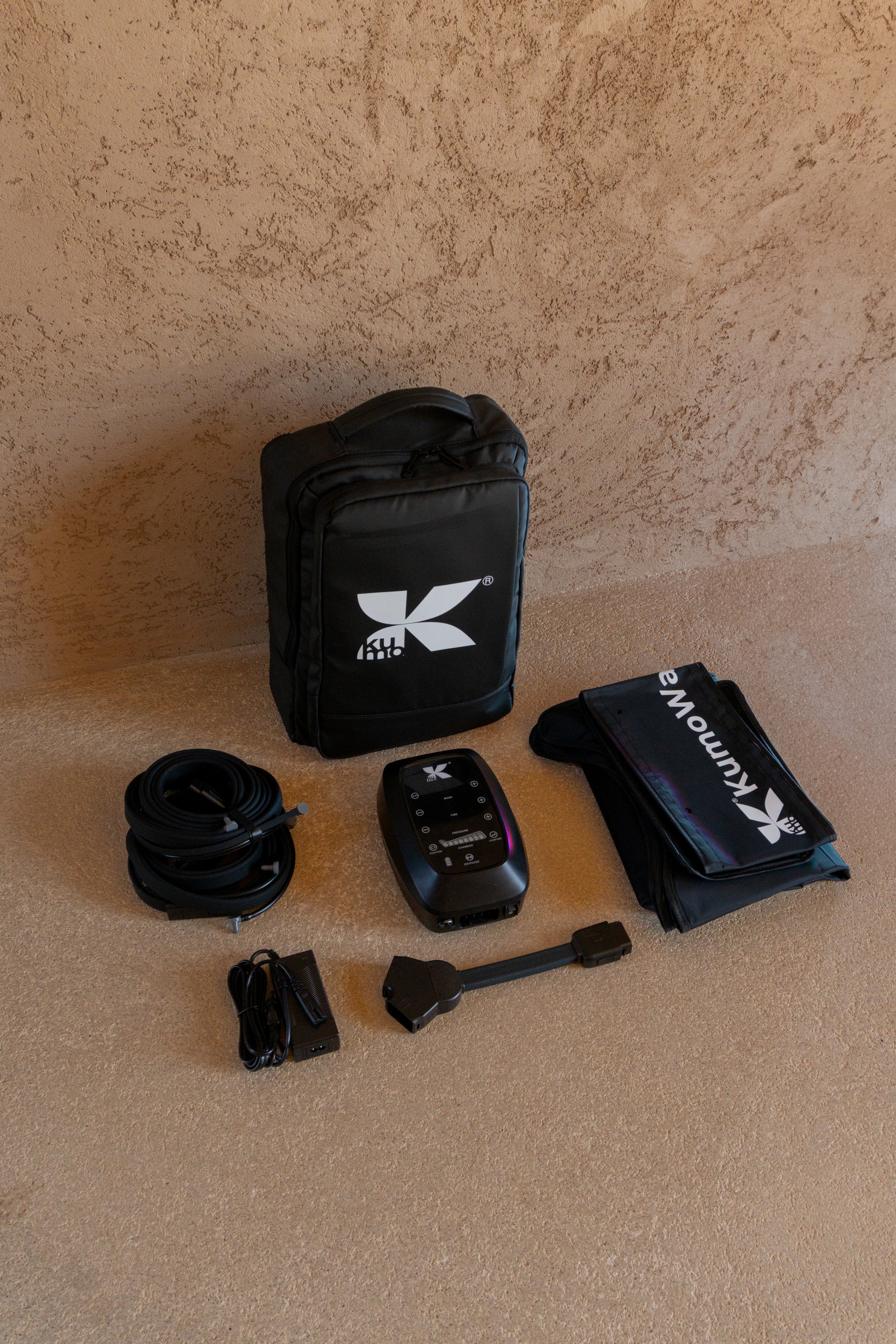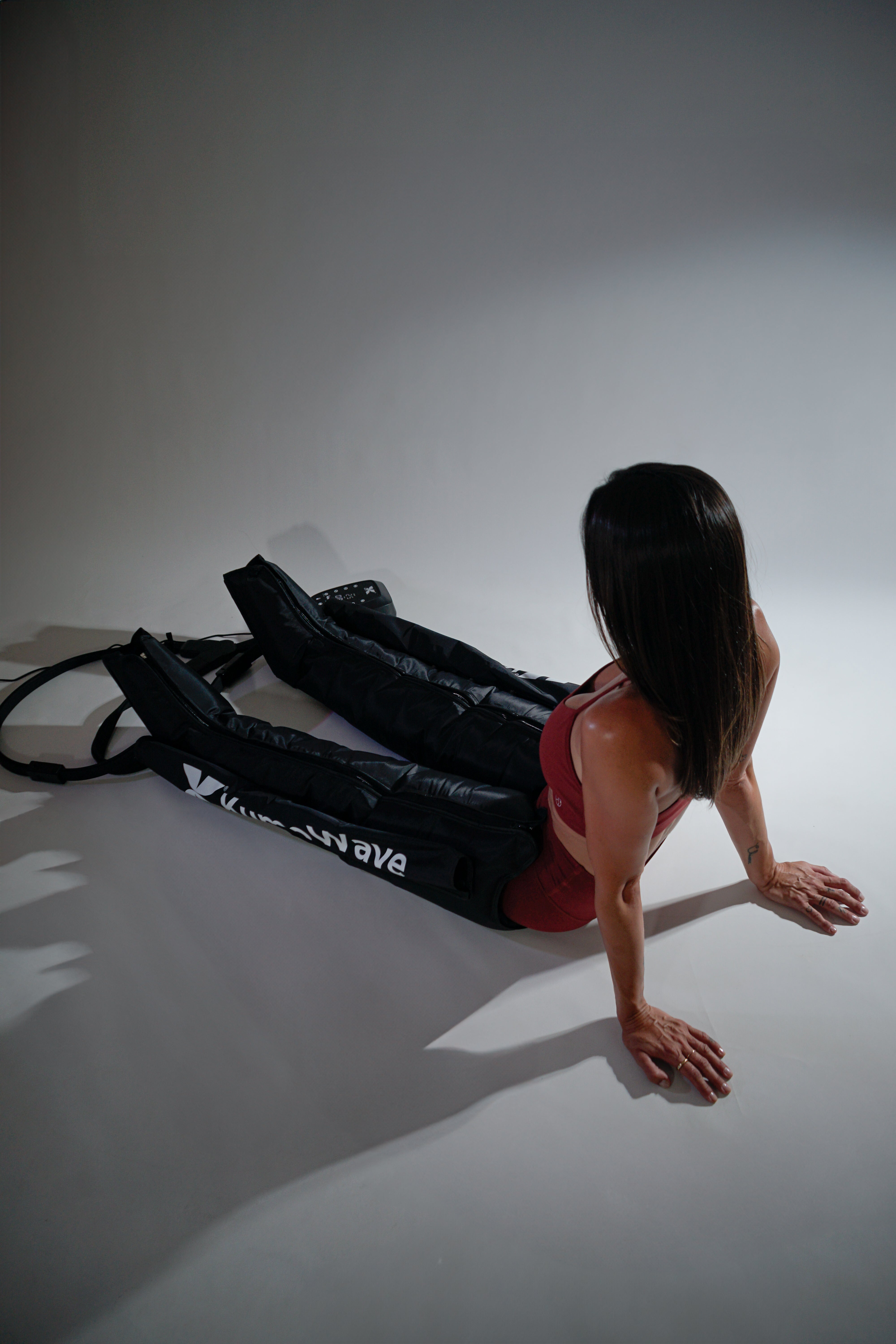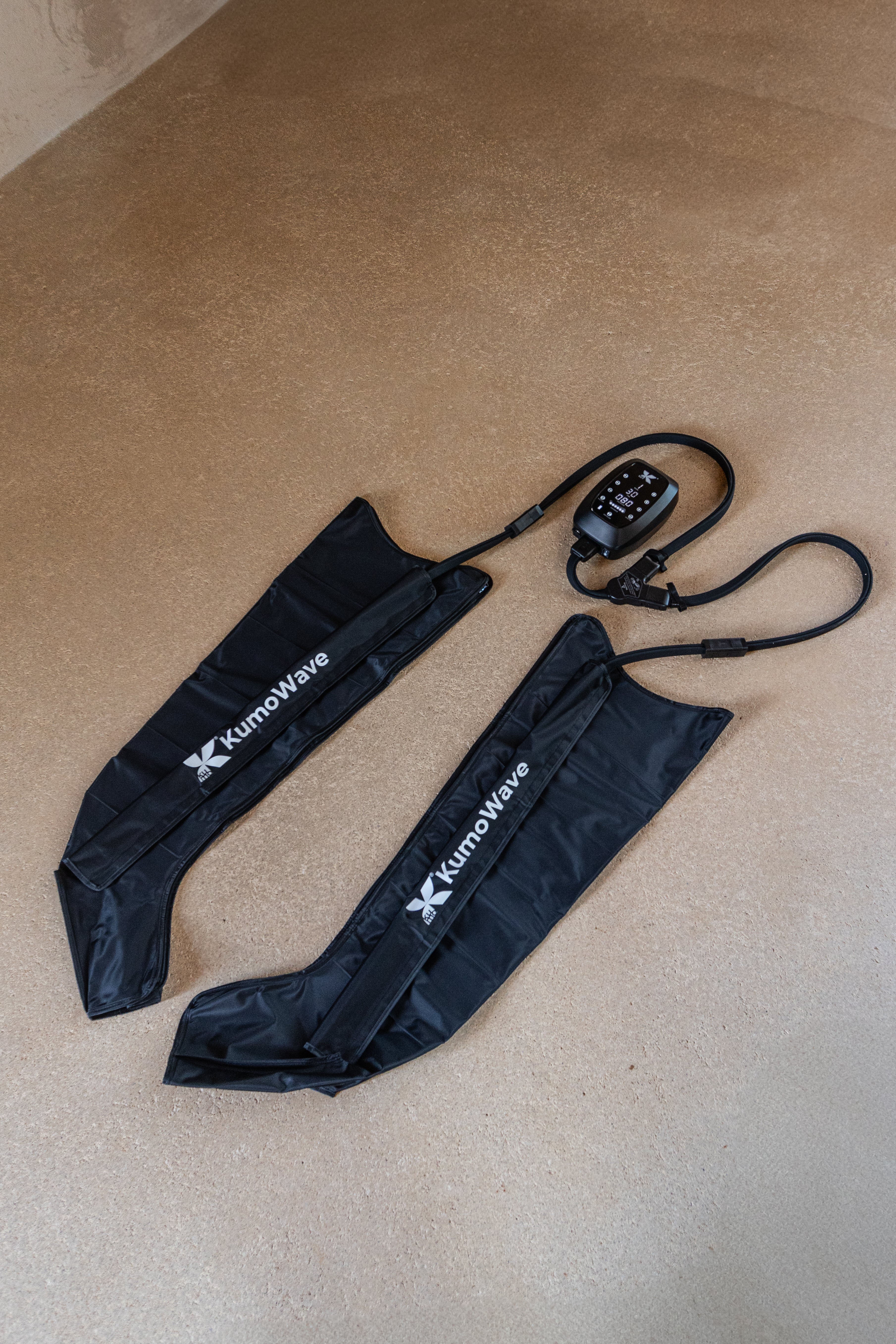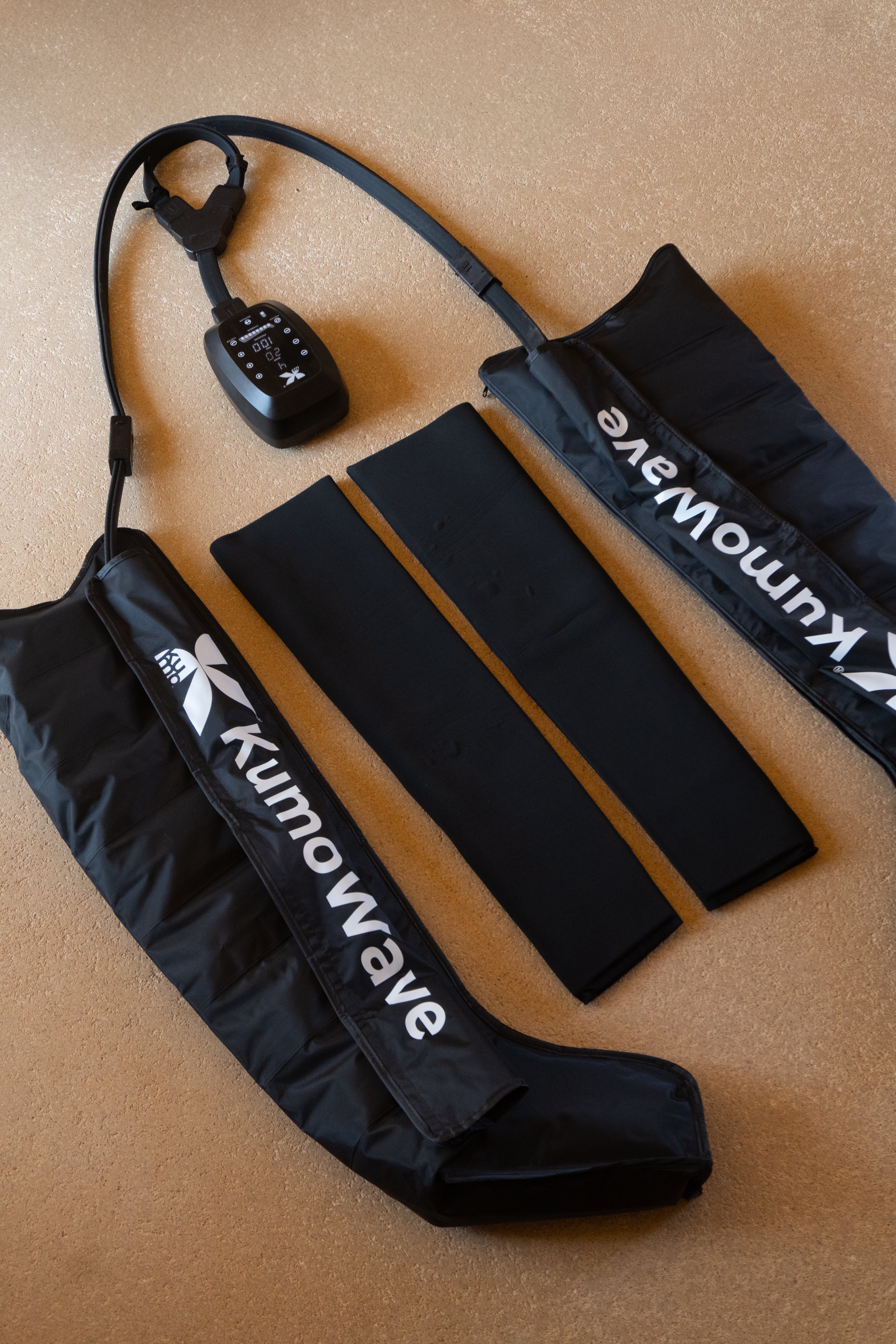Pressotherapy at home: a practical guide to get started today. If you're looking to relieve tired legs, improve circulation, or support your sports recovery without leaving the gym, here's how to do it safely, effectively, and in a way that fits into your routine.
Coming soon
- Easy installation: measure your leg, choose the correct size boots, and start with low pressures.
- Base sessions: 15–30 minutes, 3–5 times per week; adjust based on your goals and feelings.
- Expected benefits: relief from mild swelling, a feeling of lightness and post-exercise recovery.
- Safety first: Avoid use with thrombosis, active infection, or heart failure; consult if pregnant.
- Boost results with hydration, gentle mobility, and rest habits.
| Key point | Quick recommendation |
|---|---|
| Initial pressure | 30–60 mmHg, gradually increasing if all goes well |
| Duration | 15–30 min per session (max. 60 min for advanced users) |
| Frequency | 3–5 days/week; daily during high-load phases |
| Position | Lying down or semi-reclining, legs aligned with the heart |
| Avoid if | Thrombosis (DVT), infection, open wounds, heart failure, acute pain |
What is pressotherapy and how does it work?
Pressotherapy (or intermittent pneumatic compression) uses air chambers in boots or cuffs that inflate and deflate sequentially. This "peristaltic" movement gently pushes fluids from the periphery to the center, promoting venous return and lymphatic drainage.
In hospitals, sequential devices have been used for decades to prevent thrombosis and treat edema. The physiological basis is clear: to reduce venous stasis, mobilize interstitial fluid, and improve metabolic exchange during rest. For a clinical overview of SCDs and their uses, see the Cleveland Clinic guide.
Tip: You'll feel firm, rhythmic compression, but never pain. Relief is usually immediate after the session.
Real benefits in 2025: what to expect and what not to
Circulation and tired legs
Pneumatic compression helps reduce the feeling of heaviness and mild swelling after prolonged standing or sitting. In clinical settings such as lymphedema, the NHS includes pneumatic compression as a drainage aid, under professional supervision ( NHS, Lymphedema Treatment ).
Sports recovery
After intense workouts, many users report less stiffness and a more comfortable return to exercise. The evidence in athletes is promising, although mixed: external compression is associated with less perceived pain and faster recovery, with varying effects depending on the protocol and sport. At home, use it as a complement to your workout, not as a substitute for rest.
Mild edema and fluid retention
Pressotherapy can support the management of mild functional edema (travel, heat, sedentary lifestyle). For vascular or lymphatic pathologies, follow medical guidelines: a Cochrane review (2014) supports intermittent pneumatic compression as part of the treatment of venous ulcers by improving venous return and reducing edema in certain patients ( Cochrane Library, 2014 ).
General well-being and rest
Many users report a feeling of lightness and relaxation that facilitates a good night's rest, especially when applied at the end of the day. Keep your expectations realistic: this is a recovery and self-care tool, not a "miracle" treatment.
To integrate reliable equipment into your home routine, explore KUMO's selection of pressotherapy for recovery .
Who can use it at home and who can't
Good candidates
- People with heavy legs from sitting or standing for long periods of time.
- Athletes looking to speed up their recovery between sessions.
- Frequent travelers or those who suffer from mild heat swelling or sedentary lifestyle.
Precautions and contraindications
- Do not use if you have deep vein thrombosis (DVT), decompensated heart failure, active infection, open wounds, or undiagnosed acute pain.
- If you have pregnancy, complicated varicose veins, neuropathies, or bleeding disorders, consult your doctor or physiotherapist first. The NHS details when compression requires supervision.
- If you experience numbness, color change, or pain, discontinue the session and seek medical advice.
How to choose your team wisely
- Size and fit: Measure ankle, calf and thigh circumference to ensure a consistent seal.
- Chambers and modes: multiple chambers with sequential compression and peristaltic option are preferred.
- Pressure range: Look for equipment with fine adjustment (e.g., 20–100 mmHg) and a timer.
- Convenience and cleanliness: easy-to-disinfect materials and durable tubing.
- Support and warranty: after-sales service and spare parts available. Learn about KUMO's pressotherapy collection .
Preparation and first uses: step by step
- Light hydration: drink water 30–60 minutes before.
- Measurement and Sizing: Fits boots without wrinkles or creases.
- Position: Lie down with your legs aligned with your heart; avoid crossing them.
- Starting pressure: 30–60 mmHg; if comfortable after 2–3 sessions, increase in 10 mmHg increments.
- Duration: Start with 15–20 minutes. Advanced users can reach 30–45 minutes.
- Pace: 3–5 sessions per week. During high-load weeks, consider a short session daily.
- After: Get up slowly, walk for 2–3 minutes, and rehydrate.
Golden rule: firm but comfortable. It should never be numb or painful.
4-week routines for common goals
Heavy legs (office or standing)
- Weeks 1–2: 20 min, 4 days/week, 40–60 mmHg, PM.
- Weeks 3–4: 25–30 min, 5 days/week, 60–80 mmHg if comfortable.
Post-workout recovery
- After intense sessions: 25–35 min within 2 h, 60–90 mmHg as tolerated.
- Light days: 15–20 min at 40–60 mmHg for discharge.
Travel and long days
- The day before and the day after: 20–30 min, 50–70 mmHg.
- Combine it with active breaks and compression socks during the trip if indicated.
Combine and enhance results
- Red and LED light: Supports muscle recovery and sleep; ideal after evening pressotherapy. Explore LED light therapy .
- Percussive massage: Before leg work, 3–5 minutes per muscle group to “pre-loosen” tissues. See KUMOPULSE Air .
- Key habits: 7–9 h of sleep, 6–8 glasses of water/day, gentle mobility (5–10 min), diaphragmatic breathing.
- Planning: Periodize your compression sessions just like you do with training.
Ongoing maintenance and security
- Cleaning: Disinfect after each use; wash covers according to the manufacturer's instructions.
- Inspection: Check zippers, tubes and valves weekly.
- Warning signs: acute pain, pallor or cyanosis, persistent numbness; stop the session and seek medical advice.
- Support: If you have questions about fitting or protocols, contact the KUMO team via support and contact or learn more about our philosophy at KUMO .
Evidence and sources to dig deeper
- Sequential compression devices in the clinic: Cleveland Clinic.
- Lymphedema and treatment options (including pneumatic compression): NHS, 2023 .
- Intermittent pneumatic compression for venous ulcers: Cochrane review 2014 .
Frequently Asked Questions
How much pressure should I use to start?
Start with 30–60 mmHg and assess your comfort. The pressure should feel firm, without pain or numbness. Maintain this pressure for 2–3 sessions before increasing in 10 mmHg increments. If you have a history of vascular or lymphatic problems, seek professional guidance before exceeding 60–70 mmHg. Remember that higher pressure doesn't always mean better results: consistency and proper duration often make the difference.
How long does it take to notice improvement?
For heavy legs, many people notice a lighter sensation from the first session. For sports recovery purposes, the sensation of less stiffness and improved return to training typically appears within 1–2 weeks of consistent use (3–5 sessions/week). In cases of mild swelling, the progression is gradual and also depends on hydration, movement, and rest. If you don't notice changes after 3–4 weeks, review the pressure, fit, and routine.
Does pressotherapy eliminate cellulite?
It is not a specific treatment for cellulite. It can help improve the appearance of the skin indirectly by reducing fluid retention and promoting microcirculation, which provides a temporary feeling of firmness. However, cellulite is multifactorial (hormones, connective tissue, lifestyle), so it is best addressed with strength training, proper nutrition, and sustainable habits. Consider pressotherapy as a wellness complement, not a sole solution.
Is it safe during pregnancy?
Safety depends on the individual case. During pregnancy, some women experience leg swelling; however, pneumatic compression should be used cautiously and with medical approval, especially if there are varicose veins, gestational hypertension, or other conditions. If your practitioner approves it, use low pressures (e.g., 30–50 mmHg), short sessions, and monitor sensations. If you experience any discomfort or dizziness, discontinue the session and seek medical advice.
Can I use it if I have varicose veins or venous problems?
Uncomplicated varicose veins may benefit from compression measures; however, a prior evaluation is recommended to rule out thrombosis or other contraindications. If your doctor approves, start with moderate pressure and 15–20-minute sessions, observing skin response and comfort. In venous ulcers or advanced venous insufficiency, compression should be guided by a professional and be part of a comprehensive plan.
To go
- Start simple: 15–30 min, 3–5 days/week, 30–60 mmHg, comfortable posture.
- Gradually adjust according to your goal: leg relief, travel, or sports recovery.
- Prioritize safety: Stop if there is pain, numbness, or color change; consult with medical professionals.
- Multiply benefits with hydration, mobility, sleep, and tools like LED or percussion massage.
- Keep your equipment clean and properly adjusted for consistent results.
- Ready to make recovery a habit? Discover how KUMO makes it easy at kumobalance.com or start with the pressotherapy collection .
